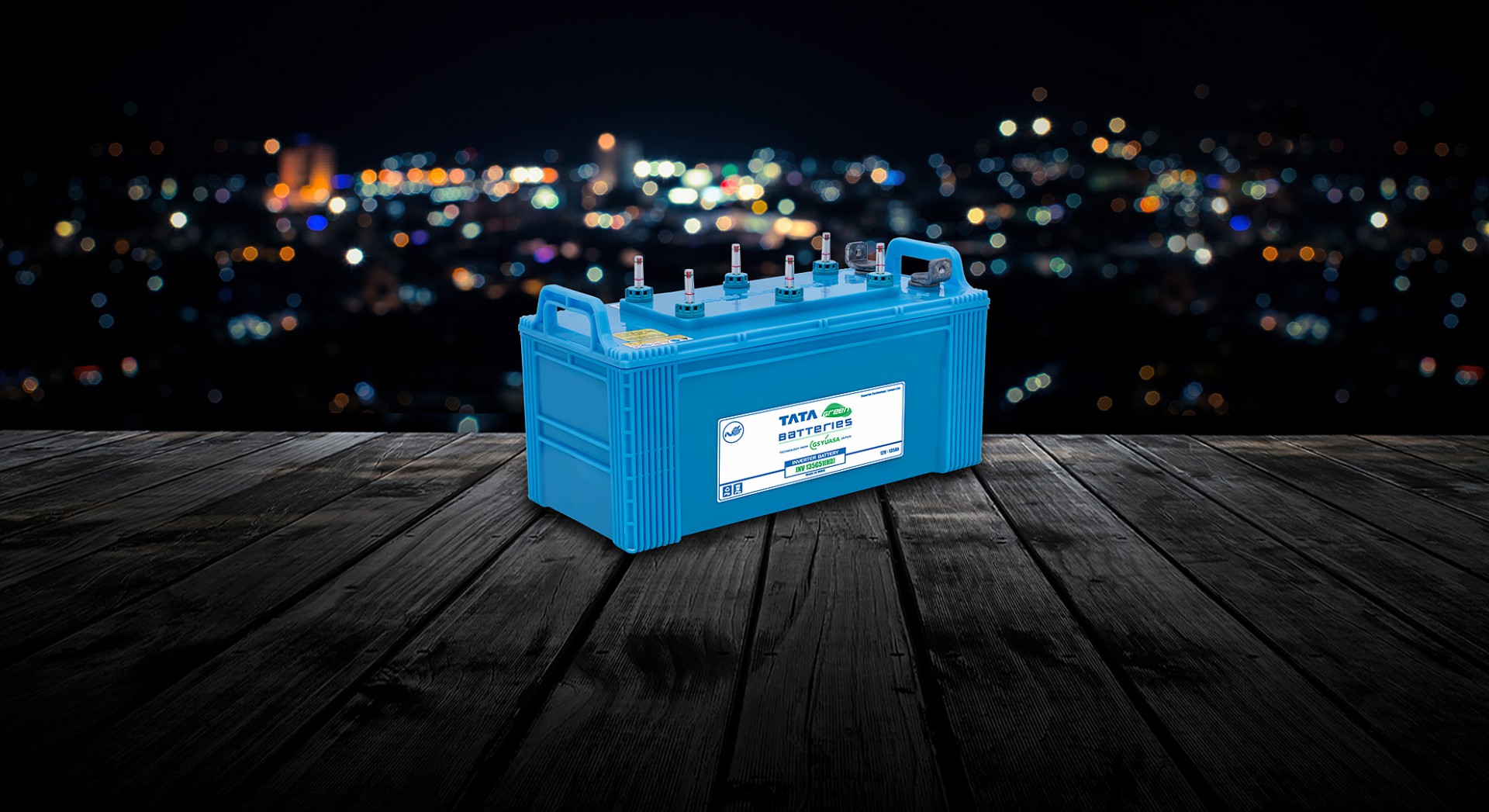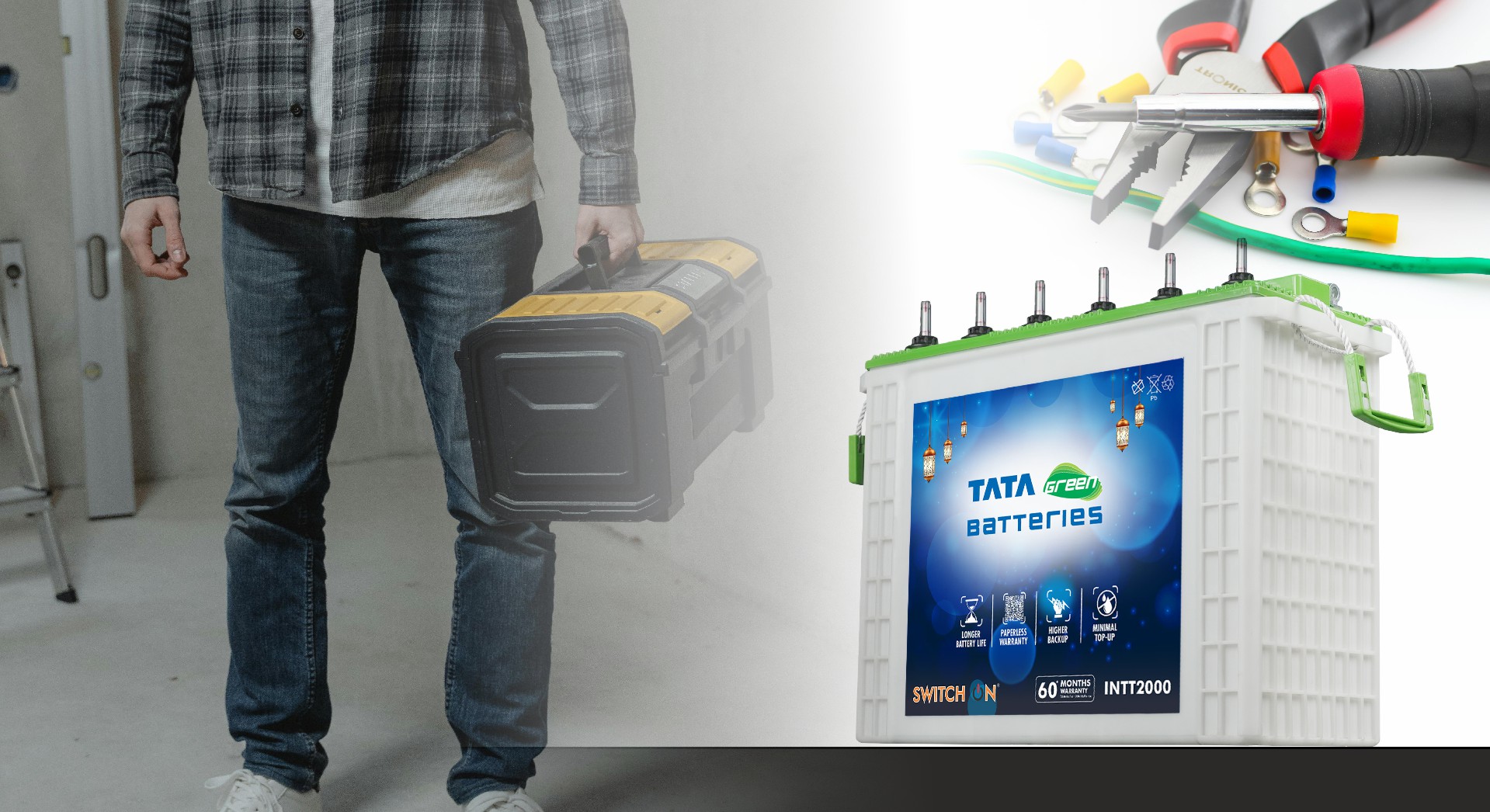You may have different electronic gadgets and devices in your home that are powered by batteries. However, did you know that there are various types of batteries available to power these devices? The most common types of batteries are primary batteries and secondary batteries, which serve different purposes and have distinct features.
Choosing the right type of battery may depend on your usage needs and long-term cost considerations. This guide explores the differences between primary and secondary battery types.
What is a primary battery?
A primary battery is also commonly referred to as a non-rechargeable or disposable battery. It is specially designed for a single use. These batteries generate electrical energy through a chemical reaction that occurs within them. You can use the primary battery in various devices you use every day, such as a television or AC (air conditioner) remote, flashlights, toys, and more.
There are different kinds of primary batteries, such as lithium primary batteries, alkaline batteries, and zinc-carbon batteries. Each of these battery types has specific advantages and disadvantages. For example, alkaline batteries have a longer shelf life and high energy density. Zinc-carbon or lithium batteries are generally more affordable but have a shorter lifespan
What is a secondary battery?
A secondary battery is also commonly referred to as a rechargeable battery. It is specially designed so you can recharge it and use it multiple times. Unlike primary batteries, secondary batteries utilize an external electric current source to reverse the chemical reaction during discharge, enabling the battery to be recharged and used multiple times.
Typically, secondary batteries like lithium secondary battery power electronic devices like laptops, smartphones, EVs (electric vehicles), etc., require frequent re-charging to keep functioning.
Primary battery vs secondary battery – knowing the differences
Now that you know the difference between a primary battery and a secondary battery, let us explore their differences.
Primary batteries are specifically designed for one-time use and cannot be recharged. On the other hand, secondary batteries can be recharged and reused multiple times.
Primary batteries, such as lithium primary cells, generate electrical energy that powers the device through a one-time chemical reaction occurring within the battery.
In contrast, secondary batteries have the capacity to undergo reversible chemical reactions. This allows you to recharge the battery using an external power source and use the same battery multiple times to power your everyday devices.
One of the most significant distinguishing factors between primary and secondary batteries is their longevity.
Primary batteries have a longer shelf life compared to secondary batteries; they can be stored for a longer period, and you can be assured that there is no significant power loss. In other words, if you keep the primary batteries unused, they will retain their power for long.
Secondary batteries, on the other hand, have a shorter shelf life as compared to primary batteries. If you keep the batteries unused, they may lose their power faster, and you may have to recharge them before use. However, these batteries offer higher durability due to their rechargeability.
When discussing the difference between primary and secondary batteries, the cost factor cannot be overlooked. It is one of the critical factors that may affect your decision in choosing the battery type.
Primary batteries are generally more affordable and have a lower upfront cost. However, they may prove to be more expensive in the long run as you would need to replace them.
Secondary batteries are typically priced higher than the primary batteries. However, these batteries can be a cost-effective choice in the long run as they can be used multiple times and they have the capacity to function efficiently for a long time.
Today, more and more people are making conscious decisions about using things that have no or minimal environmental impact. In that regard, primary batteries may not be the right choice as they contribute to environmental waste after they are disposed of after a single use.
Compared to primary batteries, secondary batteries are more environmentally friendly, as they can be reused for a long time, reducing the number of batteries being thrown away.
Let’s do a quick recap of the differences between primary and secondary batteries. The following table provides a clearer understanding.
| Point of Difference |
Primary Battery |
Secondary Battery |
| Reusability |
They cannot be recharged or reused |
They can be recharged and reused |
| Chemical reaction |
Irreversible reaction occurs |
Reversible reaction occurs |
| Applications |
Mostly used in portable and everyday household devices like AC/TV remotes, toys,
flashlights, etc |
Used in both small portable and other bigger devices like automobiles |
| Power discharge |
How a lower self-discharge rate can be used for long-term power storage |
Have a higher self-discharge rate and cannot be stored for long |
| Environmental impact |
They are not very environment friendly and can cause damage to nature |
They are more environment friendly than primary battery |
Conclusion
So, now you know the difference between primary and secondary batteries, make sure that you try using rechargeable batteries as much as possible for all your home devices and cars.










